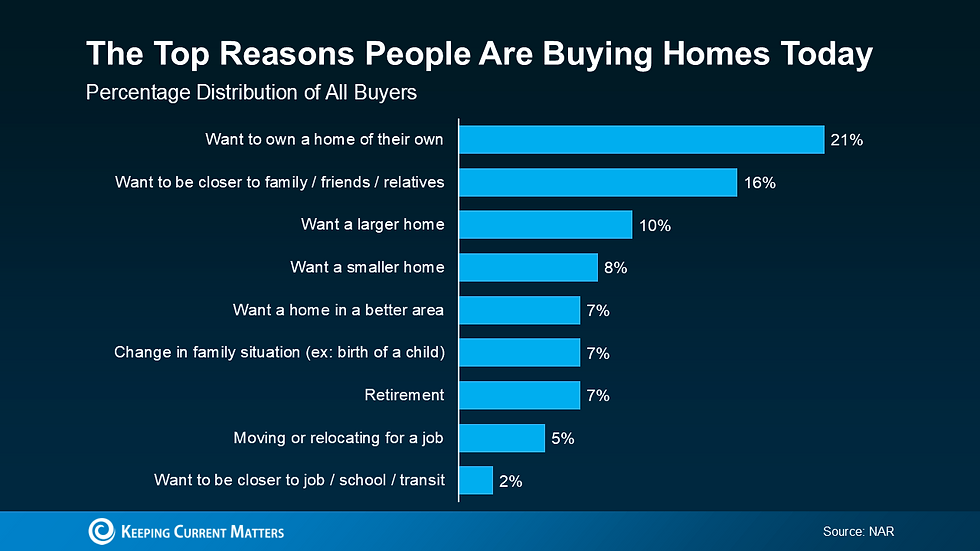The U.S. Housing Market in 2025: What's Changing?
- grace264
- Feb 26
- 3 min read

The U.S. housing market is currently being influenced by a variety of factors, including construction material tariffs, immigration policies, and interest rate changes. These shifts are affecting new home construction, the existing home market, and the overall housing supply. Let's explore how these changes are impacting the market.
New Home Construction: Slower-than-Expected Growth
The U.S. housing construction industry is struggling due to rising construction material costs and labor shortages. According to the National Association of Home Builders (NAHB), the number of single-family homes started in 2025 is expected to be around 1.01 million units, reflecting only a 0.2% increase. Projections for 2026 show only a 4% growth. This level of growth is insufficient to address the housing supply shortage in the U.S.
Recent reports from Freddie Mac indicate that the U.S. is facing a shortage of approximately 3.7 million homes. In other words, the pace of new home construction will likely continue to fall short of meeting demand, exacerbating the housing supply shortage, which could lead to further increases in home prices.
Impact of Construction Material Tariffs on Home Building Costs
NAHB has pointed out that the rising cost of construction materials is one of the key factors slowing down housing construction. There is concern that tariffs, particularly those implemented under former President Trump’s policies, could be reintroduced, further raising material costs. While tariffs on Canadian and Mexican lumber and construction materials were temporarily lifted, a 10% tariff on Chinese materials went into effect on February 1, 2025.
Labor Shortages: Another Barrier to Housing Construction
Labor shortages, partly due to immigration policies, are also contributing to the slowdown in housing construction. While former President Trump claimed that strict immigration policies would reduce housing prices, the construction industry is concerned that these policies could actually reduce the available labor force for building homes, potentially driving prices up. According to Rob Dietz, Chief Economist at NAHB, the industry is currently dealing with both a shortage of labor and high construction costs, which will likely limit the volume of new supply.
Increased Competition Between Existing and New Homes
The U.S. housing market in 2025 is gradually finding a balance. After the extreme seller’s market that characterized the pandemic era, the market is shifting toward a more neutral stance. Danielle Hale, Chief Economist at Realtor.com®, notes that:
In 2021, the supply of homes on the market was just 2.3 months' worth of inventory.
By 2025, this is expected to rise to 4.1 months, indicating a shift toward a more balanced market.
Additionally, the number of new listings in January 2025 increased by 10.8% compared to the previous year, suggesting that housing supply is gradually recovering. The new construction market remains strong:
In 2024, new home sales accounted for 14.5% of total home sales, marking the highest percentage since 2005.
Typically, new homes account for 10-12% of total home sales, meaning the share of new homes in the market is currently higher than usual.
However, as more existing homes are expected to come to market, competition between new and existing homes will likely intensify.
The Decline of the Mortgage Rate Lock-In Effect
High mortgage rates have been one of the biggest factors limiting existing home inventory. However, as more people begin to need new homes, the number of existing homes on the market is expected to rise.
Current U.S. mortgage rate situation:
83% of all mortgages are under 6% interest rates, with 55% having rates below 4%.
By the end of 2025, it is expected that 75% of mortgages will be in the 5.5% to 6% range, which will likely lead to an increase in existing home market activity.
In other words, although interest rates remain high, more people will need to sell their homes, leading to an increase in the availability of existing homes.
Conclusion – The U.S. Housing Market in 2025: Moving Toward Gradual Balance
✅ New home construction is increasing but remains insufficient. ✅ Rising construction material costs and labor shortages are likely to drive up building costs. ✅ Competition between existing homes and new homes will intensify. ✅ Despite high interest rates, more homes are expected to enter the market.
As always, this analysis reflects national trends, and strategies should vary depending on your specific location. Be sure to consult with a local real estate expert to assess the current market conditions and develop the best strategy for your situation.

#시카고복덕방 #리얼터한상철 #한인리얼터 #시카고한인리얼터 #일리노이한인리얼터 #시카고리얼터 #한인부동산칼럼 #한인부동산 #부동산중개인 #ChicagoHomes #ChicagoSuburbHomes #Illinois_Best_Korean_Realtor #DuPageCountyHomes #CookcountyHomes #BestKoreanRealtor #Number1KoreanRealtor #Northbrook_Glenview_Schaumburg_BuffaloGrove_Naperville #Realtor_SangHan #chicagokoreanrealtor #PlatinumPartnersRealtors #seller #buyer #markettrend #부동산투자 #MarketTrend





Comments